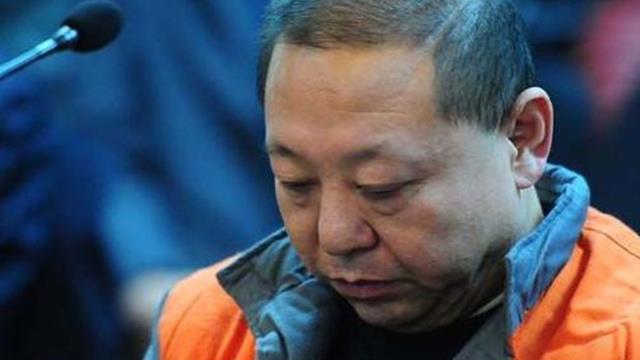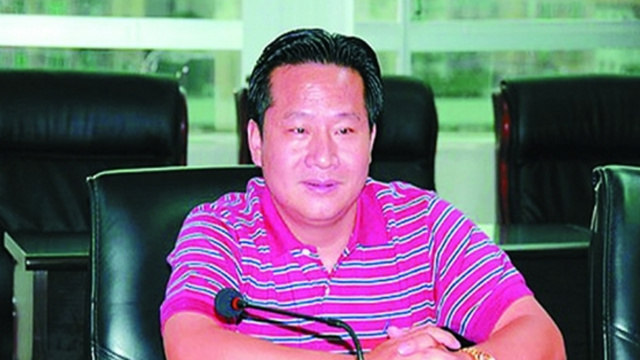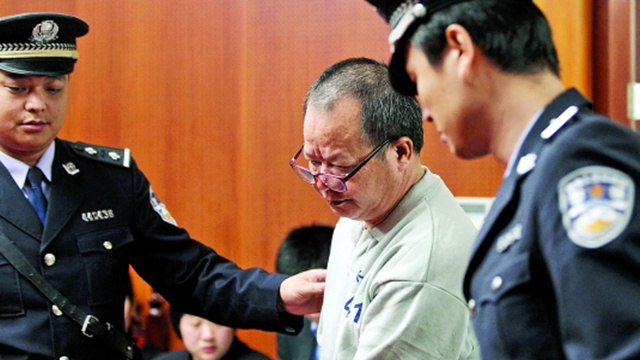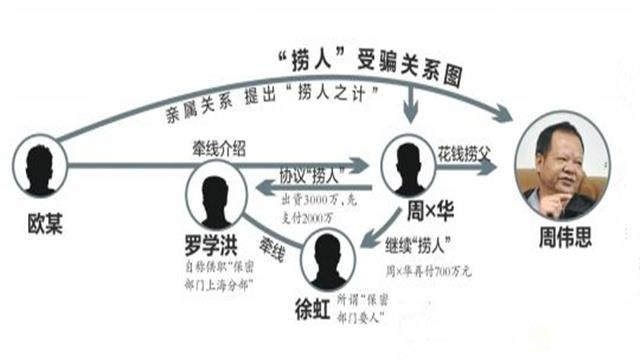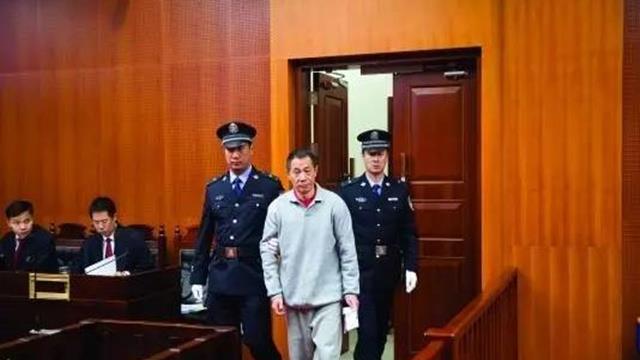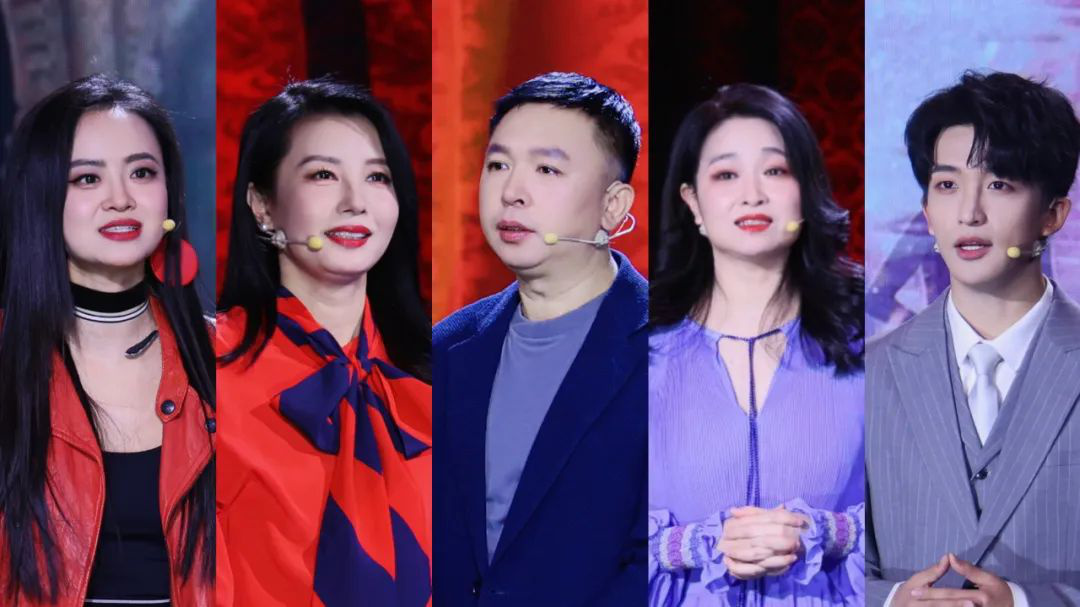10 high-end shopping malls in Harbin
Yuanda shopping mall
Yuanda Shopping Center is a large-scale modern shopping mall built by China Yuanda Group in Harbin, which integrates shopping, leisure, entertainment and catering. It is the largest multi-component modern shopping center in Heilongjiang Province at present, and has become a model in Harbin’s business, and is driving the fashion trend of Harbin’s consumer market with good development momentum.
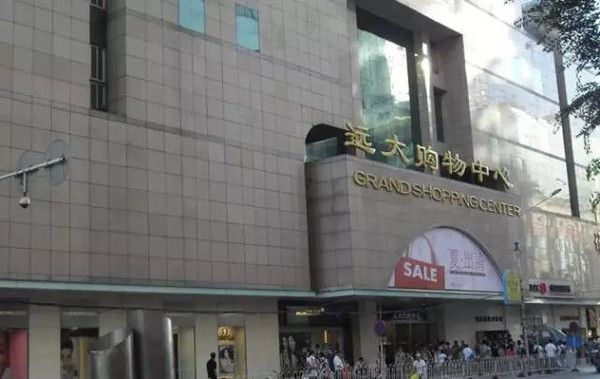
Address: No.378, Gogol Street, nangang district
Lin Qiu Corp.
Harbin Qiulin Group Co., Ltd. is a time-honored enterprise with a long history and well-known at home and abroad. Founded in 1900, it was successively operated by Russian capitalists, British HSBC, Japanese businessmen and the former Soviet government, and was handed over to China in October 1953. After taking over the operation, Lin Qiu has been expanded and reformed for four times, and now it has developed into a large-scale modern commercial retail enterprise focusing on commerce, and it is the only commercial listed company in Heilongjiang Province.
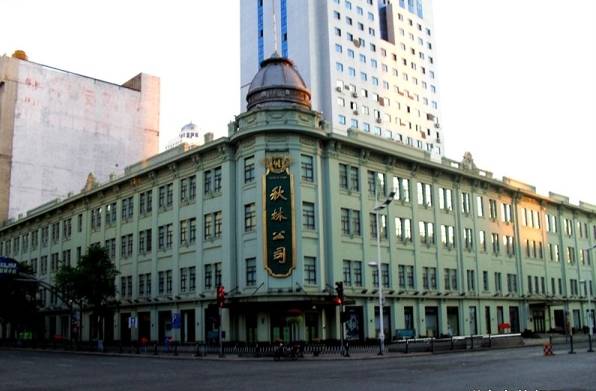
Address: No.319 Dongdazhi Street, nangang district
Parkson Shopping Center
Parkson Department Store entered the retail market in China in 1994, and opened its first department store in Fuxingmennei Street, targeting at middle and high-end consumer groups. Parkson is one of the first foreign chain enterprises to operate fashion department stores in China. At present, it has developed into one of the largest fashion department store groups in China, with a wide marketing network covering 18 provinces and 27 major cities in China.
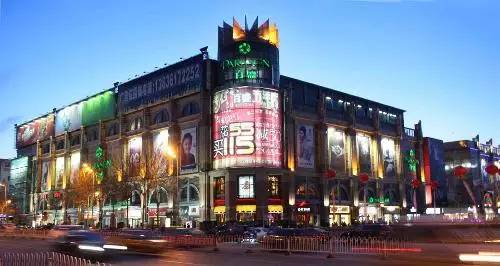
Address: No.220, Central Street, Daoli District
Harbin Zhuo Zhan Shopping Center
The building of Harbin Zhuo Zhan Shopping Center, with a scale of 115,000 square meters, is designed by a team of famous Japanese designers, which fully introduces the international advanced commercial design concept and perfectly combines commercial design with business services to the maximum extent. No matter from architectural style to commercial layout, or from functional planning to supporting facilities, it is in sync with the world fashion, which fully embodies the pursuit of humanistic spirit by modern department stores. Zhuo Zhan is the only shopping center in Northeast China that integrates Bulgari, Tiffany and Cartier into one shopping mall.

Address: No.106 Anlong Street, Daoli District
Hongbo exhibition shopping plaza
Hongbo Century Plaza, located in Harbin Development Zone, is an important part of Harbin International Convention and Exhibition Sports Center and an international SHOPPINGMALL integrating shopping, leisure, entertainment, food, tourism and business.
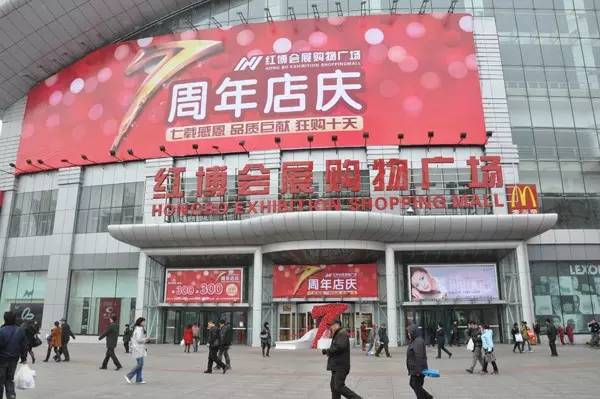
Address: No.301 Hongqi Street, nangang district
Xinshijie
New World Department Store is a subsidiary of Hongkong New World Group and a branch of Zheng Yutong family. Harbin New World Department Store provides customers with a good shopping environment, and mainly deals in middle and high-end brands, including Cartier, Burberry, Ferragamo, Max Mara and so on.
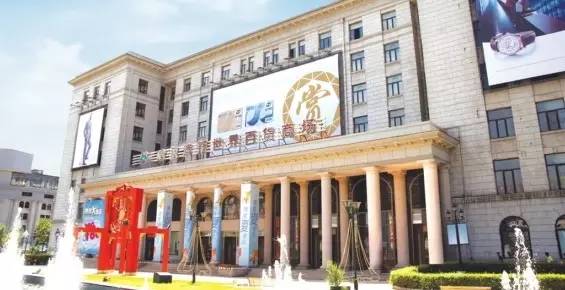
Address: No.403 Garden Street, nangang district
Thousands of department Store
Harbin wanda plaza is located in the top section at the intersection of hengshan road and Ganshui Road, adjacent to Kunlun Mall and Golf Course, with a total construction area of 300,000 square meters. It integrates a super commercial center, a platinum five-star international hotel, a number of commercial office buildings and hardcover white-collar apartments, including indoor pedestrian street, boutique department stores, the world’s top 500 international supermarket chains, digital city, KTV, large-scale video game center, international cinema and other all-round consumption levels.

Address: No.68 Ganshui Road, Xiangfang District
Songlei business building
Harbin Songlei Nangang Store, located in the commercial center of nangang district, is a large-scale modern shopping mall mainly engaged in middle and high-grade clothing, which officially opened on November 9, 1993. With its magnificent architecture, elegant decoration combining Chinese and western styles, business atmosphere with a flood of passengers and sincere and fast service means, the shopping mall has won the reputation of "garden-style shopping mall and shopper’s paradise" among the numerous domestic and foreign guests, and was named "the first large-scale modern shopping mall in Heilongjiang Province" by the State Council Development Center.

Address: No.329 Dongdazhi Street, nangang district
Central shopping mall
Harbin Central Mall is located in the most prosperous street in Harbin-Central Street, with a business area of 26,000 square meters, with seven floors, six floors above ground and one underground. The Central Mall opened on November 26th, 1994. It is a joint-stock retail enterprise integrating retail and catering.
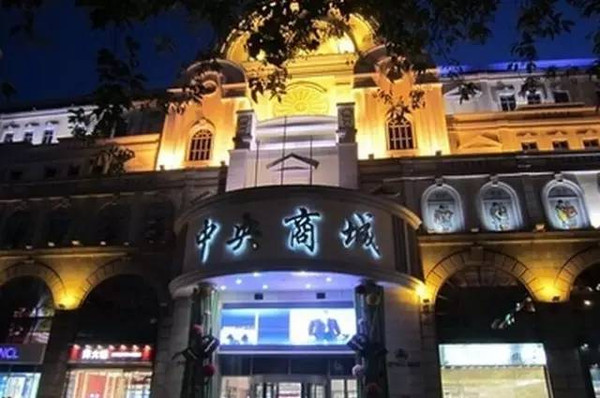
Address: No.100, Central Street, Daoli District
Jin’ an oubaluo plaza
Jin ‘an International Shopping Plaza is a high-quality commercial plaza integrating shopping, leisure, catering, entertainment, tourism and culture, which is dominated by internationally renowned brand goods and drives the consumption of other commodities. Among them, the brand stores include Armani, BOSS, Jiya Gallery, Lalique, ZARA, SEPHORA, Cordiz, PIAGET, Watsons, Hot Air and so on.
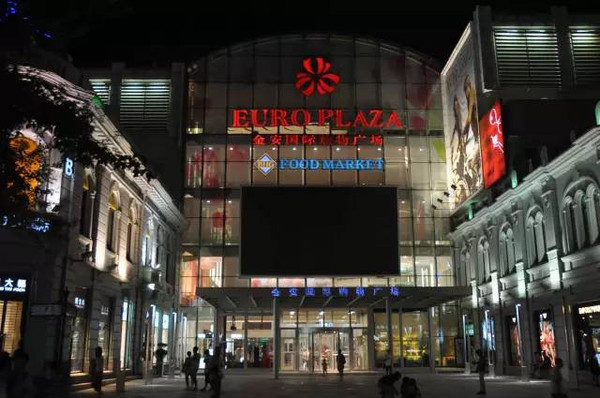
Address: No.69 Central Street, Daoli District
Other large shopping malls
Songlei shopping center
1. No.66, Central Street, Daoli District
2. No.1 Heping Road, Xiangfang District
Manhattan Shopping Center
No.71 Zhaolin Street, Daoli District
Goldsun Xintiandi shopping plaza
No.158 Zhongyang Street, Daoli District
Lufthansa Outlets
No.123, Lot Street, Daoli District
Makewei shopping center
No.168 Jingyu Street, Daowai District
Hart shopping plaza
No.118 Xidazhi Street, nangang district
Hexing shopping center
400 Xidazhi Street, nangang district
Xinji shopping mall
No.228 Xuanhua Street, nangang district
Di Chin shopping mall
No.45, Central Avenue, Daoli District
Hualian Mall
No.122 Shitoudao Street, Daoli District
Daan shopping center
No.96, Zhongyang Street, Daoli District
Millennium sun hongqi shopping plaza
No.218 Hongqi Street, nangang district
Dashang Group Harbin Xinyibai
No.118 Shitou Street, Daoli District
Mackay
No.75 Shangzhi Street, Daoli District
Le Song shopping plaza
No.8, Sanda Dongli Road, Xiangfang District
World shopping mall
No.323 Dongdazhi Street, nangang district
Taiping Qiao parkson shopping mall
No.1158 Dongzhi Road, Daowai District
Large supermarkets in Harbin
Name and address Wal-Mart supermarket
1. No.168, Xianfeng Road, nangang district
2. No.254, Zhongshan Road, nangang district
3. Floors 2-4 of Wanda Commercial Plaza in Daoli District
Carrefour supermarket
1. No.301, Hongqi Street, nangang district
2. No.8, Sanda Dongli Road, Xiangfang District
3. Triumph City Shopping Plaza, No.365 Xinyang Road, Daoli District
4. No.40, Xidazhi Street, nangang district
RT Mart supermarket
1. The first floor of wanda plaza, No.37 Ganshui Road, Xiangfang District.
2. No.402 Xuanhua Street, nangang district.
Beijing hualianchaoshi Supermarket
No.57 Zhongshan Road, Xiangfang District
Central hong supermarket
Nangang district Xidazhi steet
Century Lianhua Supermarket
1. No.93, Lot Street, Daoli District
2. Guxiang Street, Daoli District
3. No.564, Xidazhi Street, nangang district
4. Hanshui Road, nangang district
Trust-Mart
1. No.58 Cross Street, nangang district.
2. No.68 Nanma Road, Daowai District
3. No.58 Anbu Street, Xiangfang District
[Topic] Where to go for the May Day holiday? Hey, beautiful Longjiang, get up.








 Source: PAINCHAUD Baiqiu WeChat WeChat official account
Source: PAINCHAUD Baiqiu WeChat WeChat official account











